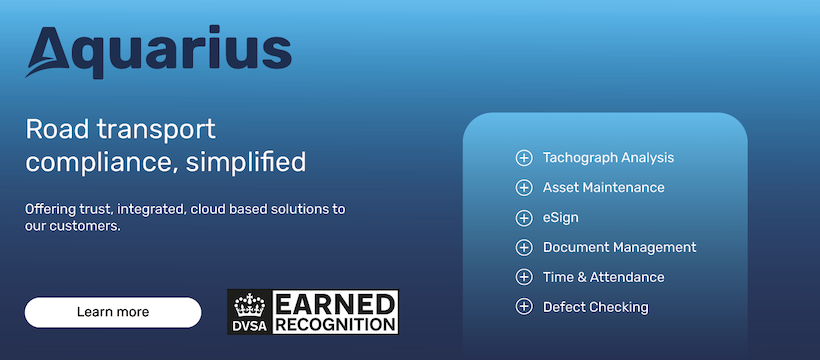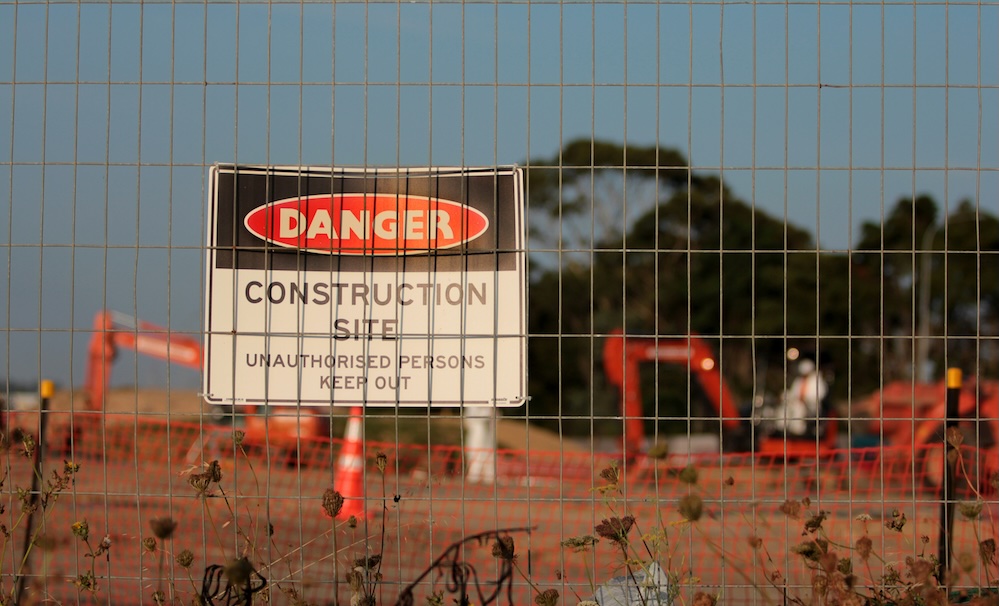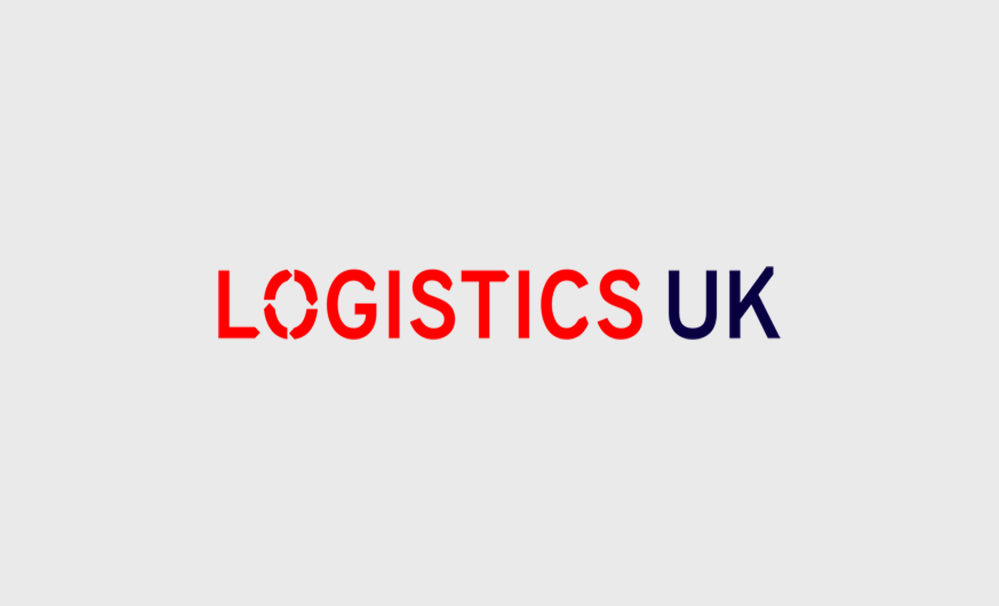Health and safety regulations are essential for protecting employees, customers, and the public. As standards evolve, organisations must stay up-to-date and ensure compliance to avoid penalties and create a safe working environment. However, keeping pace with changing regulations can be challenging, especially as new risks, technologies, and best practices emerge. Proactive management, regular training, and clear policies are vital to staying compliant and maintaining a culture of safety.
In this blog, we’ll explore how to navigate evolving health and safety standards and implement strategies to ensure your organisation remains compliant and responsive to regulatory updates.
1. Understand the Importance of Compliance
Health and safety compliance is a legal requirement in most countries, and non-compliance can lead to significant consequences, including fines, legal action, and reputational damage. For businesses, compliance not only helps avoid these penalties but also demonstrates a commitment to employee well-being, which can improve morale and foster a positive workplace culture.
Maintaining high health and safety standards also protects employees and minimises downtime caused by accidents or incidents. A safe workplace is a productive one, as employees feel valued and secure, contributing to overall business success.
2. Stay Updated with Regulatory Changes
Health and safety regulations can vary significantly by country, region, and industry, and changes can be implemented at any time. Staying updated with the latest requirements ensures that your organisation can make timely adjustments and remain compliant.
To keep informed:
- Subscribe to industry newsletters: Industry-specific newsletters provide regular updates on changes to legislation, best practices, and upcoming standards.
- Follow regulatory agencies: Monitor organisations like the Health and Safety Executive (HSE) in the UK or OSHA in the US, which often publish updates, guidance, and resources for businesses.
- Engage with professional associations: Industry bodies often hold events, publish reports, and offer training that can keep your team informed about the latest regulations.
- Utilise trusted sources of information like health and safety content that provides essential resources and updates on compliance, helping organisations stay up-to-date and avoid misinterpretations.
By remaining proactive and keeping an eye on regulatory changes, you ensure your organisation can adapt swiftly to new standards and requirements.
3. Conduct Regular Risk Assessments
Risk assessments are fundamental to identifying potential hazards in the workplace and implementing controls to manage them. Regular assessments allow your organisation to stay responsive to new and emerging risks, ensuring that employees remain safe and your compliance is up to date.
Conduct risk assessments:
- Annually or semi-annually to ensure ongoing safety and compliance.
- When new processes, equipment, or substances are introduced that may affect workplace safety.
- After an incident or near-miss to identify the root cause and implement additional safeguards if necessary.
Effective risk assessments involve identifying hazards, evaluating risks, and developing measures to reduce or eliminate these risks. Keeping detailed records of assessments and any resulting changes also demonstrates compliance in the event of an inspection or audit.
4. Establish Clear Health and Safety Policies
Creating comprehensive, accessible health and safety policies is essential to compliance and ensuring all employees understand their responsibilities. Policies should cover core areas such as emergency response, first aid procedures, reporting hazards, and accident investigations.
Key steps to building and maintaining effective health and safety policies include:
- Regularly reviewing and updating policies: As regulations and standards change, policies should be reviewed and updated accordingly to stay compliant.
- Communicating policies clearly: Ensure that policies are accessible to all employees, whether through an intranet, printed handbooks, or training sessions.
- Encouraging employee feedback: Involve employees in the review process to gain insights into practical challenges and areas for improvement.
A well-structured policy document not only supports compliance but also ensures employees know how to act in emergency situations, report hazards, and follow proper procedures.
5. Implement Ongoing Training Programmes
Training is essential for keeping employees informed and skilled in safety practices, especially as standards evolve. Proper training ensures that employees are aware of both general safety protocols and specific policies relevant to their roles.
Consider the following for effective health and safety training:
- Induction training for new hires: Introduce new employees to your organisation’s health and safety policies from day one.
- Role-specific training: Tailor training to the risks associated with particular roles, such as operating machinery or handling hazardous substances.
- Regular refresher courses: Provide periodic refresher training to keep employees updated on new policies, regulations, and best practices.
- Interactive formats and assessments: Using practical demonstrations, quizzes, or hands-on activities enhances engagement and retention of safety practices.
By investing in continuous training, your organisation reinforces a culture of safety, keeps employees informed, and ensures compliance with current standards.
6. Maintain Documentation and Records
Documenting health and safety policies, risk assessments, training records, and incident reports is essential for demonstrating compliance and providing evidence of your commitment to a safe workplace. Detailed records also enable organisations to track safety performance over time, identify patterns, and address recurring issues.
Key areas of documentation include:
- Risk assessments and control measures: Maintain records of all risk assessments and any changes made to mitigate identified risks.
- Training records: Keep records of who has completed training, as well as training content, dates, and any assessments.
- Incident and near-miss reports: Document incidents and near-misses to understand causes and prevent future occurrences.
- Audit records: Regularly audit health and safety records to ensure all documentation is up-to-date, accurate, and accessible.
Having thorough, organised records can streamline the process of inspections, helping your organisation demonstrate compliance efficiently.
7. Foster a Culture of Safety and Open Communication
Creating a culture of safety encourages employees to take responsibility for their own safety and look out for their colleagues. This mindset fosters open communication, where employees feel empowered to report hazards, suggest improvements, and participate in safety initiatives.
To promote a culture of safety:
- Encourage employees to report hazards and near-misses: Establish a straightforward, anonymous process for reporting issues, and emphasise that safety concerns will be taken seriously.
- Hold regular safety meetings: Involve employees in discussions about workplace safety, recent incidents, and policy updates to keep safety top-of-mind.
- Recognise safe behaviour: Acknowledge employees who demonstrate safe practices, showing appreciation for their role in maintaining a safe workplace.
By fostering a positive safety culture, employees feel more engaged with health and safety initiatives, which helps the organisation proactively identify and mitigate risks.
8. Perform Regular Health and Safety Audits
Regular audits are essential for evaluating the effectiveness of your health and safety policies, training, and risk management practices. Audits help identify gaps in compliance, ensuring your organisation addresses issues promptly and continuously improves safety.
When conducting audits:
- Review compliance with legal standards: Check that all practices align with current health and safety regulations.
- Evaluate the effectiveness of safety measures: Assess whether control measures in place are sufficient and effective.
- Identify areas for improvement: Recognise any gaps or inconsistencies and make necessary adjustments.
- Involve external auditors: Consider external audits for an unbiased assessment and expert recommendations.
Audits reinforce accountability and enable your organisation to address any issues proactively, ensuring compliance remains a top priority.
9. Leverage Health and Safety Software
Health and safety software can simplify compliance by centralising documents, automating training reminders, and tracking changes in legislation. For organisations with limited HR resources, digital tools help streamline processes, making it easier to manage compliance across teams and departments.
The advantages of health and safety software include:
- Centralised storage: Store policies, risk assessments, and training records in one secure location for easy access and retrieval.
- Automated notifications: Receive reminders for upcoming training, audits, or policy reviews, reducing the risk of oversights.
- Access to the latest regulations: Some platforms offer health and safety updates, ensuring your organisation remains compliant with the most current standards.
Investing in digital tools for health and safety management can save time, improve record-keeping, and reduce the administrative burden associated with staying compliant.
Conclusion
As health and safety standards evolve, staying compliant requires a proactive approach, continuous monitoring, and a commitment to improvement. By regularly updating policies, conducting thorough risk assessments, maintaining comprehensive documentation, and fostering a culture of safety, organisations can ensure that compliance is built into every aspect of their operations.
Leveraging health and safety content from reliable sources, implementing ongoing training programmes, and using digital tools for record-keeping and automation all support a structured, adaptable approach to compliance. In a landscape where health and safety standards are constantly evolving, these strategies empower organisations to create a safe, productive environment that prioritises the well-being of everyone involved.









